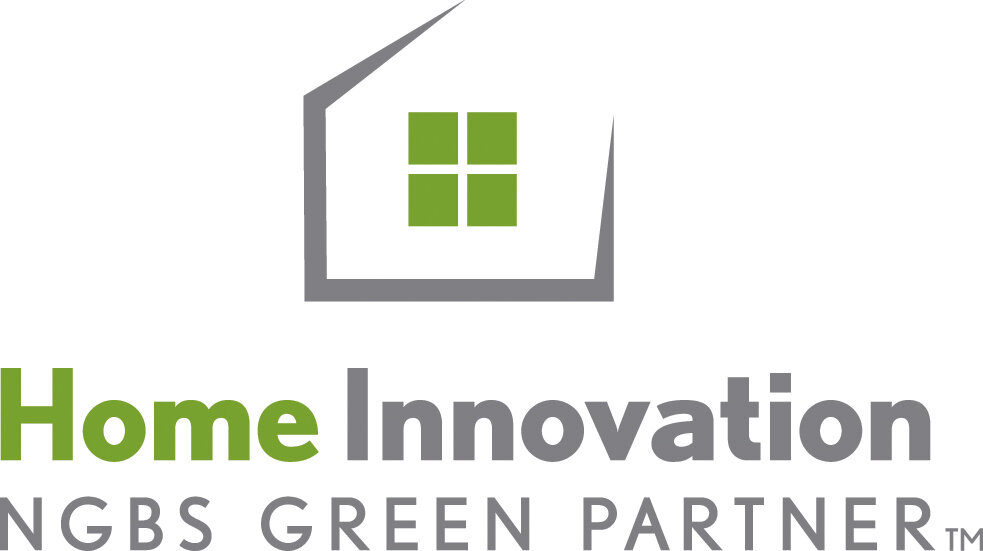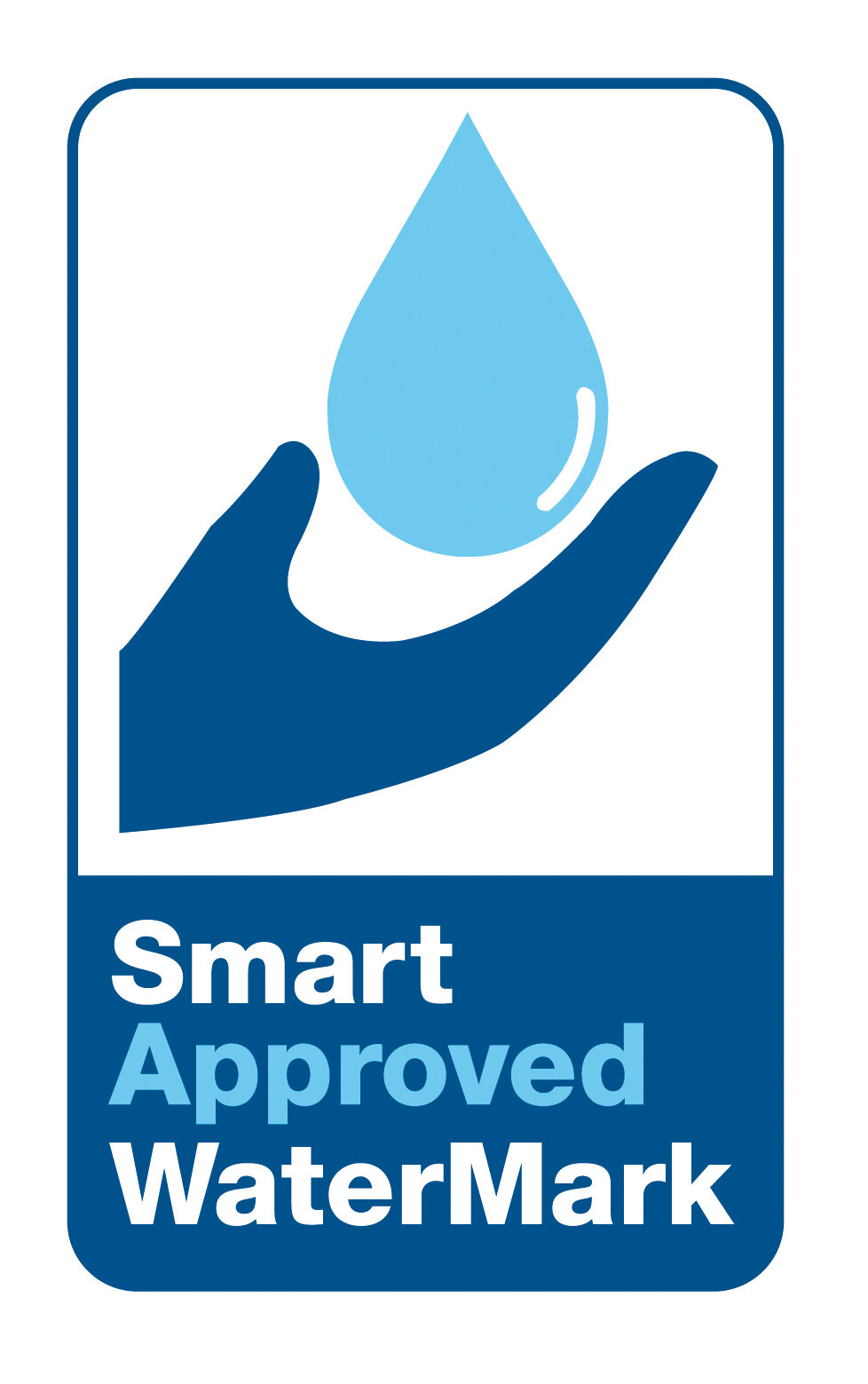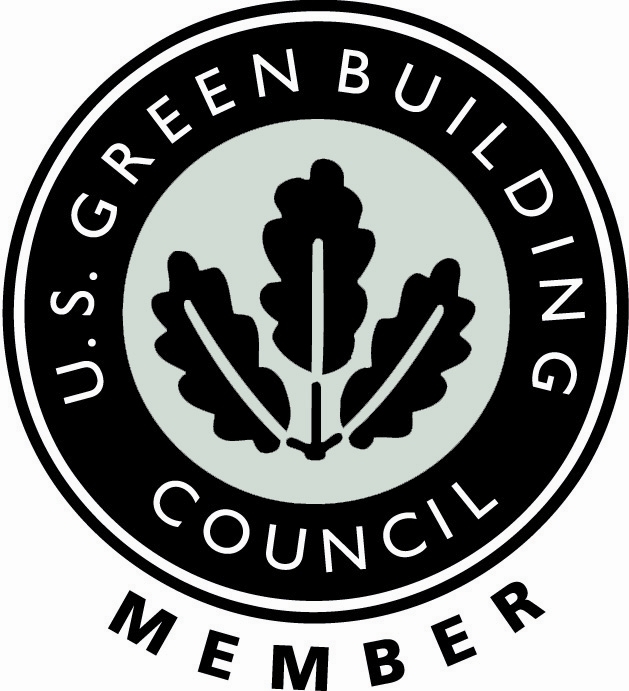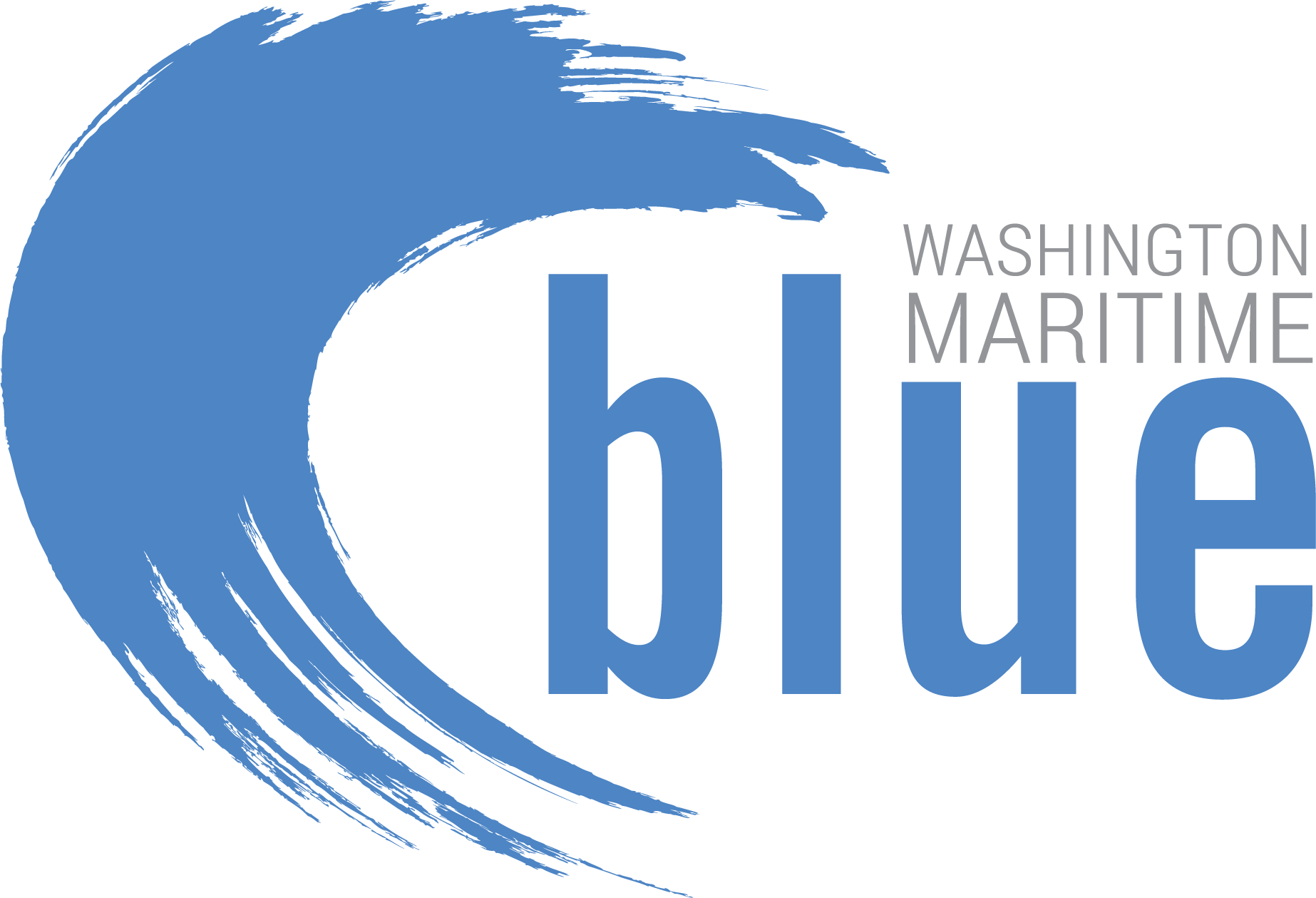Cal Water, the nation's third-largest water utility serving over 500,000 California customers, announced groundbreaking results on July 29, 2024.
Their comprehensive water efficiency programs have successfully reduced customer water bills by 20.5 percent over the past 15 years compared to what customers would have paid without these innovative initiatives.
This remarkable achievement is backed by research from the Alliance for Water Efficiency (AWE), a respected Chicago-based nonprofit organization that advocates for water conservation and efficiency across the utility industry.
Why Water Utilities Promote Lower Bills: The Business Case for Efficiency
It may seem counterintuitive that a water utility would actively help customers reduce their bills. However, throughout California and increasingly nationwide, water efficiency delivers multiple benefits to customers, communities, and utility companies alike.
The AWE study explains this apparent paradox: "When less water is used, costly investments required to produce additional water supplies [and deliver water supplies] can be deferred and potentially avoided."
Understanding Water Conservation vs Water Efficiency: Key Definitions
It's crucial to distinguish between water conservation and water efficiency, as they represent fundamentally different approaches to water management.
Water Conservation: Short-Term Solutions
Water conservation refers to temporary reductions in water usage, typically implemented during specific events such as:
Drought conditions
Water restrictions
Emergency water shortages
Seasonal conservation mandates
This approach serves as a short-term response to immediate water supply challenges.
Water Efficiency: Long-Term Strategy
Water efficiency represents a comprehensive, long-term strategy focused on permanently reducing or eliminating unnecessary water consumption. This approach involves:
Behavioral Changes: Making lasting modifications to water-use habits in homes, workplaces, and educational institutions
Technology Upgrades: Replacing water-intensive systems with innovative, water-saving technologies including:
Low-flow fixtures and faucets
Waterless urinals and high efficient toilets
Smart irrigation systems with weather sensors
Water recycling and greywater systems
High-efficiency appliances and equipment
These water-efficient technologies reduce consumption while contributing to significant cost savings and enhanced environmental sustainability.
The key distinction highlights that investments in water-efficient infrastructure provide ongoing, compounding benefits rather than temporary relief.
Cal Water's Money-Saving Strategy: Tiered Rate Structure Success
Industry experts credit Cal Water's 2009 implementation of a "tiered rate structure" (also known as block pricing) as the pivotal strategy driving these substantial cost savings. This innovative billing system charges customers varying rates based on their actual water consumption levels: the more water used, the higher the per-unit rate.
How Tiered Water Pricing Works:
1. Base Allowance: Commercial buildings receive an initial base water allowance at the lowest rate, determined by factors such as building size and occupancy levels
2. Escalating Tiers: Exceeding the base allowance automatically triggers higher pricing tiers (blocks), resulting in increased per-gallon charges
3. Conservation Incentive: This structure actively discourages excessive water use, particularly for non-essential purposes
Operational Benefits for Utilities
Cal Water's CEO, Martin A. Kropelnicki, emphasized that this tiered rate structure and comprehensive water efficiency efforts have also reduced utility operational costs. These cost reductions enable Cal Water to request smaller rate adjustments from regulators, creating a win-win scenario with savings for virtually all customers.
Environmental and Sustainability Benefits
Beyond financial savings, water efficiency programs deliver significant environmental advantages:
Reduced Chemical Usage: Less water treatment means fewer chemicals required for water processing
Energy Conservation: Lower water production and distribution reduces energy consumption
Greenhouse Gas Reduction: Decreased energy use directly correlates to lower carbon emissions
Resource Preservation: Efficient water use helps preserve water resources for future generations
Proven Results for Commercial Property Owners
Water efficiency measures have provided facility owners and property managers with substantial financial advantages. Between 2010 and 2022, Cal Water reports that commercial customers have avoided water bill increases of 2-20% (depending on their service district) thanks to tiered rate structures and comprehensive water efficiency programs.
These findings demonstrate how proactive water efficiency measures directly reduce operating costs for commercial properties. Without these strategic initiatives, facilities would face significantly higher operating expenses—a particular challenge as many commercial properties in California and nationwide continue working to control costs, attract tenants, and recover from pandemic-related financial setbacks.
Key Takeaways for Water Efficiency Success
Long-term Investment: Water efficiency provides ongoing financial benefits unlike temporary conservation measures
Technology Integration: Modern water-saving technologies offer immediate and sustained consumption reductions
Rate Structure Innovation: Tiered pricing incentivizes efficient water use while maintaining utility revenue
Environmental Impact: Efficiency programs deliver measurable sustainability benefits beyond cost savings
Commercial Applications: Property managers can significantly reduce operating expenses through strategic water efficiency investments
About the Author: Klaus Reichardt is CEO and founder of Waterless Co, Inc., a pioneer in advancing water efficiency solutions. Reichardt is a frequent author and presenter discussing water conservation issues. Contact: klaus@waterless.com










